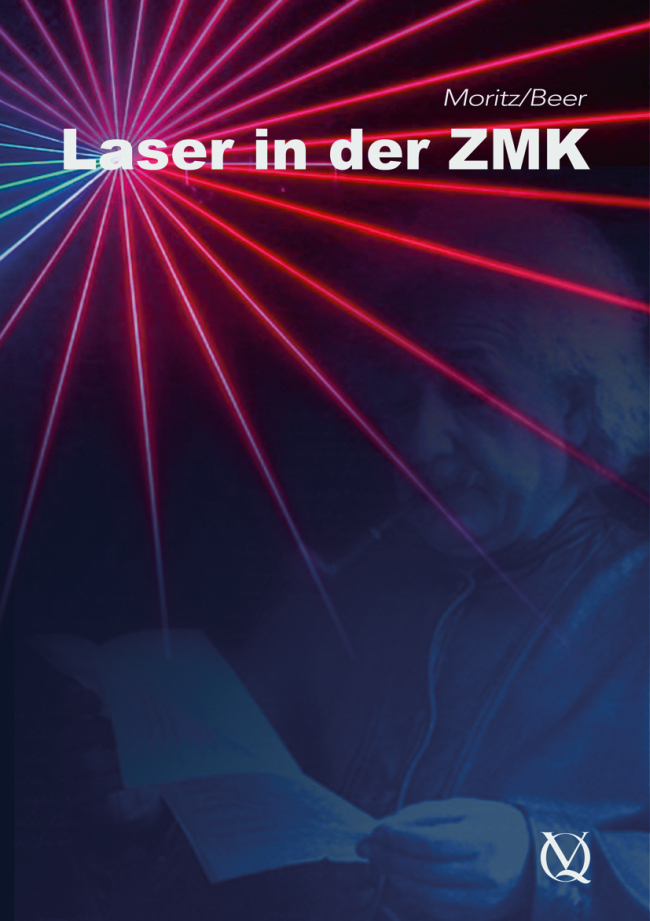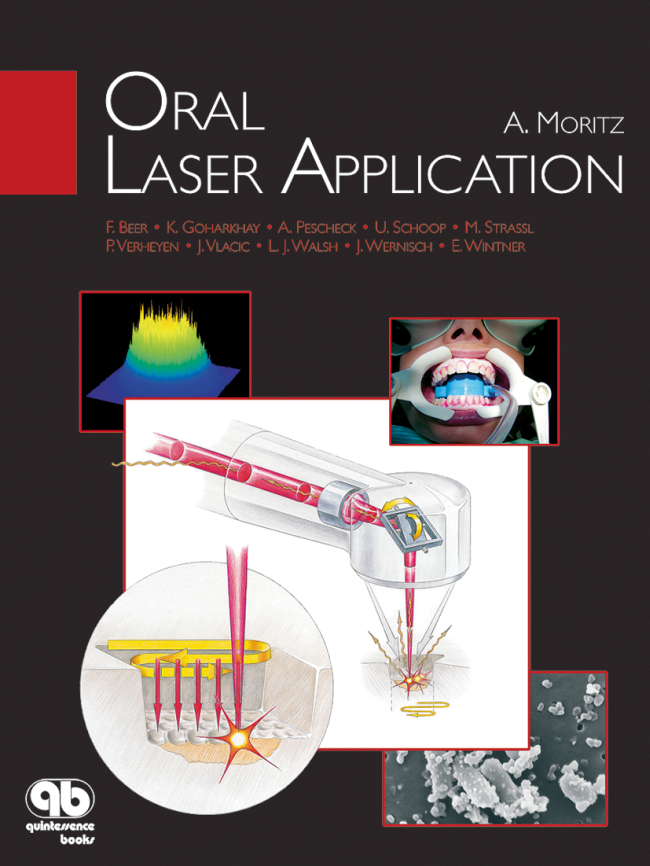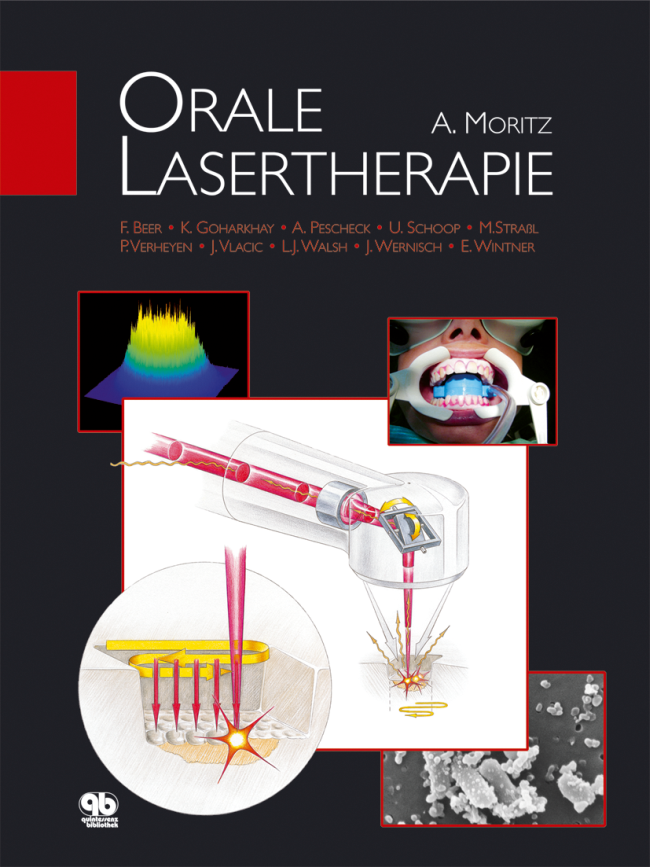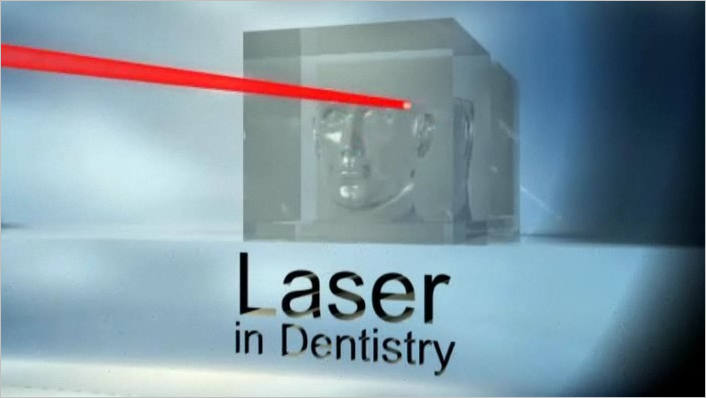The International Journal of Oral & Maxillofacial Implants, 3/2015
DOI: 10.11607/jomi.3912, PubMed-ID: 26009907Seiten: 569-577, Sprache: EnglischCvikl, Barbara / Lussi, Adrian / Moritz, Andreas / Gruber, ReinhardPurpose: Whole saliva comprises components of the salivary pellicle that spontaneously forms on surfaces of implants and teeth. However, there are no studies that functionally link the salivary pellicle with a possible change in gene expression.
Materials and Methods: This study examined the genetic response of oral fibroblasts exposed to the salivary pellicle and whole saliva. Oral fibroblasts were seeded onto a salivary pellicle and the respective untreated surface. Oral fibroblasts were also exposed to freshly harvested sterilefiltered whole saliva. A genome-wide microarray of oral fibroblasts was performed, followed by gene ontology screening with DAVID functional annotation clustering, KEGG pathway analysis, and the STRING functional protein association network.
Results: Exposure of oral fibroblasts to saliva caused 61 genes to be differentially expressed (P .05). Gene ontology screening assigned the respective genes into 262 biologic processes, 3 cellular components, 13 molecular functions, and 7 pathways. Most remarkable was the enrichment in the inflammatory response. None of the genes regulated by whole saliva was significantly changed when cells were placed onto a salivary pellicle.
Conclusion: The salivary pellicle per se does not provoke a significant inflammatory response of oral fibroblasts in vitro, whereas sterile-filtered whole saliva does produce a strong inflammatory response.
Schlagwörter: cytokines, fibroblasts, inflammation, microarray, saliva, salivary pellicle
Quintessence International, 7/2014
DOI: 10.3290/j.qi.a31961, PubMed-ID: 24847495Seiten: 569-575, Sprache: EnglischCvikl, Barbara / Klimscha, Johannes / Holly, Matthias / Zeitlinger, Markus / Gruber, Reinhard / Moritz, AndreasObjective: Fractured endodontic instruments inhibit optimal cleaning and filling of dental root canals, which may result in a less favorable prognosis for the tooth. Several techniques are available to remove fractured instruments; however, healthy tooth substance often must be destroyed in the process. This study was intended to evaluate Nd:YAG laser treatment as a method to remove fractured stainless steel instruments without destroying healthy tooth substance.
Method and Materials: Stainless steel endodontic instruments were fractured in 33 unprocessed root canals of mandibular central and lateral incisors and premolars in vitro. A brass tube charged with solder was placed at the coronal end of the fractured instrument and laser energy was used to melt the solder, connecting the fractured instrument with the brass tube. The success rates of connecting and removal of fractured instruments from the root channel were recorded for each case.
Results: Connecting was achieved in every case in which more than 1.5 mm of the fractured instrument was tangible (22 out of 22). In cases where less than 1.5 mm was tangible, the rate for successful connection decreased to 4 out of 11 (36.4%). Fractured endodontic instruments were removed successfully in 17 out of 22 cases (77.3%) in which more than 1.5 mm was tangible. If less than 1.5 mm was tangible, the removal success rate decreased to 3 out of 11 cases (27.3%).
Conclusion: Our data support Nd:YAG laser-mediated connecting of a brass tube to a fractured endodontic instrument as a feasible and tissue conserving removal approach when more than 1.5 mm of the instrument is tangible.
Schlagwörter: endodontics, fractured instrument, instrument removal, laser
The Journal of Adhesive Dentistry, 5/2014
DOI: 10.3290/j.jad.a32809, PubMed-ID: 25264548Seiten: 459-464, Sprache: EnglischCvikl, Barbara / Dragic, Mirza / Franz, Alexander / Raabe, Modesto / Gruber, Reinhard / Moritz, AndreasPurpose: To determine the impact of long-term storage on adhesion between titanium and zirconia using resin cements.
Materials and Methods: Titanium grade 4 blocks were adhesively fixed onto zirconia disks with four resin cements: Panavia F 2.0 (Kuraray Europe), GC G-Cem (GC Europe), RelyX Unicem (3M ESPE), and SmartCem 2 (Dentsply DeguDent). Shear bond strength was determined after storage in a water bath for 24 h, 16, 90, and 150 days at 37°C, and after 6000 cycles between 5°C and 55°C. Fracture behavior was evaluated using scanning electron microscopy.
Results: After storage for at least 90 days and after thermocycling, GC G-Cem (16.9 MPa and 15.1 MPa, respectively) and RelyX Unicem (10.8 MPa and 15.7 MPa, respectively) achieved higher shear bond strength compared to SmartCem 2 (7.1 MPa and 4.0 MPa, respectively) and Panavia F2 (4.1 MPa and 7.4 MPa, respectively). At day 150, GC G-Cem and RelyX Unicem caused exclusively mixed fractures. SmartCem 2 and Panavia F2 showed adhesive fractures in one-third of the cases; all other fractures were of mixed type. After 24 h (GC G-Cem: 26.0, RelyX Unicem: 20.5 MPa, SmartCem 2: 16.1 MPa, Panavia F2: 23.6 MPa) and 16 days (GC G-Cem: 12.8, RelyX Unicem: 14.2 MPa, SmartCem 2: 9.8 MPa, Panavia F2: 14.7 MPa) of storage, shear bond strength was similar among the four cements.
Conclusion: Long-term storage and thermocycling differentially affects the bonding of resin cement between titanium and zirconia.
Schlagwörter: titanium, zirconia, long-term storage, thermocycling, shear bond strength
The Journal of Adhesive Dentistry, 4/2013
DOI: 10.3290/j.jad.a28879, PubMed-ID: 23534021Seiten: 385-391, Sprache: EnglischCvikl, Barbara / Filipowitsch, Rene / Wernisch, Jörg / Raabe, Modesto / Gruber, Reinhard / Moritz, AndreasPurpose: To determine the best-performing combination of three core buildup materials and three bonding materials based on their bond strength to ceramic blocks in vitro.
Materials and Methods: The materials used for core buildup were a composite (Tetric EvoCeram), a compomer (Compoglass F), and a glass-ionomer cement (Ketac Fil Plus), and for bonding, a three-step etch-and-rinse adhesive (Syntac), a two-step etch-and-rinse adhesive (ExciTE), and a single-step system (RelyX Unicem). Bond strength to ceramic blocks was determined by shear bond strength testing. Fracture behavior was evaluated by scanning electron microscopy.
Results: The highest adhesive values between buildup and ceramic were obtained using the materials Compoglass F and Syntac, followed by Compoglass F and ExciTE. Among the two other core buildups, Tetric EvoCeram performed better than Ketac Fil Plus, which was independent of the bonding materials. Adhesive fractures were characteristically observed with Syntac and ExciTE, and cohesive fractures were characteristically observed with RelyX Unicem.
Conclusion: These data show that compomers bonded with a multistep adhesive system achieved statistically significantly higher shear bond strength than composites and glass-ionomer cements. Within the limitations inherent to this in vitro study, the use of compomers for core buildup can be recommended.
Schlagwörter: adhesive, core buildup, prosthodontic treatment, shear bond strength
Quintessenz Zahnmedizin, 2/2001
Zahnheilkunde allgemeinSprache: DeutschMoritz, Andreas / Schoop, Ulrich / Kluger, Wolf / Jakolitsch, Sabine / Sperr, WolfgangDie Entwicklung flexibler Lichtleiter für die wesentlichen Vertreter der zahnmedizinischen Laser (Diode, Nd:YAG, Er:YAG) ermöglicht heute eine effizientere und prognostisch günstigere Therapie des infizierten Endodonts, als dies die klassische Wurzelkanalbehandlung alleine mittels bakterizider Spüllösung und Kalziumhydroxydpräp- araten vermag. Die Basis für eine erfolgreiche Endodontie stellt dabei die Eliminierung der in den Wurzelkanal und das angrenzende Dentin eingewanderten Mikroorganismen dar. Gerade dieser Zielsetzung sind durch komplexe anatomische Wurzelkonfigurationen und das einzigartige Bakterienmilieu der Dentintubuli häufig Grenzen gesetzt, so dass endodontische Langzeitmisserfolge und Rezidive auftreten. Inzwischen haben eine Vielzahl klinischer Untersuchungen gezeigt, dass durch eine Kombinationstherapie aus bakteriziden Spüllösungen und Laserbestrahlung infizierter Wurzelkanäle eine höhere bzw. vollständige Elimination auch des Problemkeims Enterococcus faecalis bewirkt wird. Darüber hinaus konnte nachgewiesen werden, dass der Einsatz des Lasers zu keiner Schädigung parodontaler Strukturen führt und bei Einhaltung internationaler Standardparameter für Dioden- und Nd:YAG-Laser daher eine hohe therapeutische Breite erreicht wird. Die vorliegende Arbeit gibt schließlich Auskunft über die richtige klinische Applikationsweise und beleuchtet anhand von Fallbeispielen die Erfahrungen der Autoren mit diesen Wellenlängen.
Schlagwörter: Endodontie, Laser, Wurzeldentin, Bakterizidie








